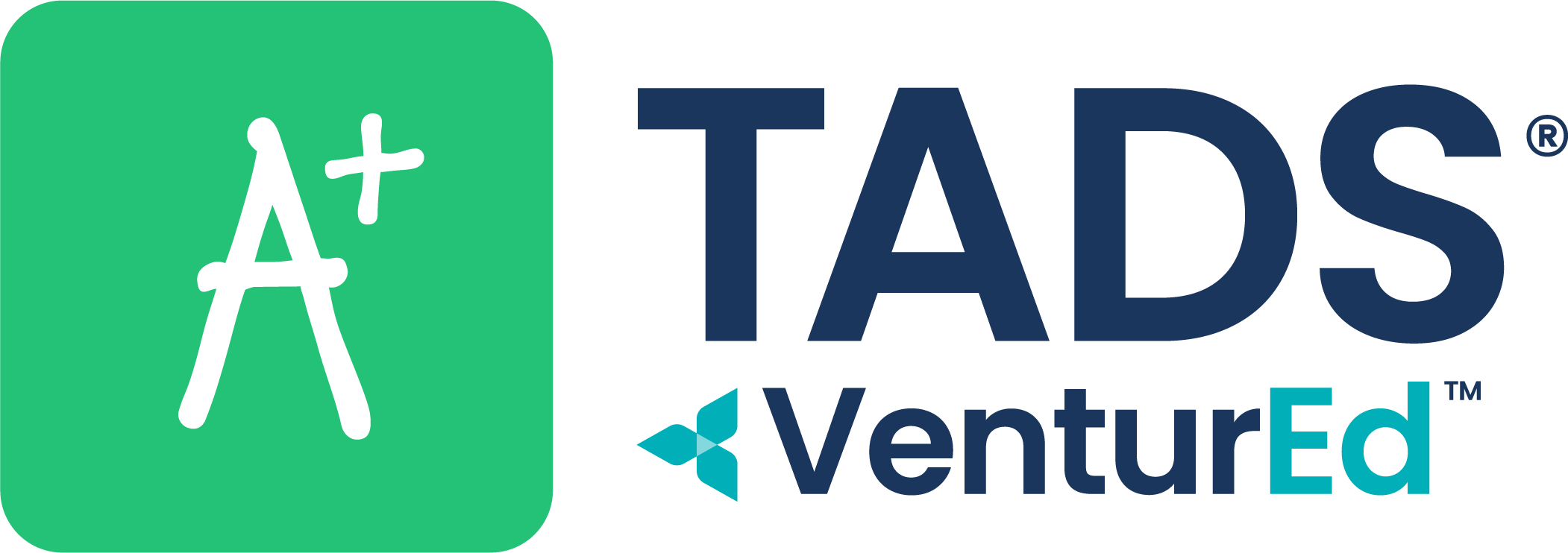
As of 2024, the average annual tuition for K–12 private schools in the United States is $13,183. But this number only tells part of the story. In reality, families often experience sticker shock when tuition increases significantly between elementary (K–5), middle (6–8), and high school (9–12). This is particularly true in states like New York, where elementary tuition averages $21,415, and secondary school tuition reaches $27,322.
For many families, the desire to invest in a private school education is strong—but so are financial pressures, especially as costs in nearly every area of life continue to climb. Rather than relying on a single tuition model, private schools across the country are rethinking how they approach affordability, value, and access. The result? A growing number of schools are adopting innovative tuition structures designed not only to attract more families, but to better reflect the diverse economic realities of the communities they serve.
Why Tuition Increases by Grade Band—and Why It Matters
It’s common for tuition to rise across grade bands for understandable reasons: curriculum becomes more rigorous, faculty specialization increases, and high schools offer a broader range of programs—from AP classes to college counseling to athletic and arts facilities. Yet these rising costs can inadvertently create barriers. Families who budgeted for elementary school may find themselves priced out by the time their child reaches middle or high school.
Progressive schools are recognizing this trend and proactively addressing it. Rather than seeing rising tuition as a deterrent, they’re reframing the conversation: How can we make value visible? How can we show families that we understand their realities—while staying true to our mission and educational excellence?
Innovative Tuition Models in Action
Here are some of the tuition models schools are using to meet families where they are, and to position affordability not as a compromise—but as an opportunity for mission alignment and long-term sustainability:
1. Income-Based or Sliding Scale Tuition
This model adjusts tuition based on a family’s demonstrated financial capacity. The goal isn’t to “discount” education but to ensure that it remains within reach for families of all income levels. The result? Greater socioeconomic diversity and stronger enrollment outcomes.
2. Tiered Tuition by Grade Band
Rather than large jumps between divisions, some schools are implementing smaller, more incremental tuition increases. This transparency helps families plan ahead and reduces sticker shock when their child moves from one grade band to the next.
3. Flexible Payment Plans
Offering monthly, quarterly, or even deferred payment schedules gives families more breathing room without requiring a reduction in total tuition. It’s a simple, operational tweak that can dramatically change how manageable tuition feels.
4. Sibling Discounts
Schools that enroll multiple children from the same family often provide discounts to make private education more feasible. This also builds long-term loyalty within the school community.
5. Scholarship and Tax Credit Utilization
In states with tax-credit scholarship programs or education savings accounts, schools are getting more proactive about helping families access these opportunities to supplement tuition.
6. Mission-Driven Fundraising to Offset Tuition Costs
Rather than relying solely on tuition to cover operating expenses, schools are expanding fundraising campaigns that invite donors to contribute specifically to financial aid and tuition assistance—making affordability a shared community value.
Marketing Tuition Models with Empathy and Purpose
One of the most important, and often overlooked, aspects of offering flexible tuition is making sure families know it exists—and why.
Schools that clearly share their tuition philosophy—front and center—show families they’re committed to transparency and access. To attract more families—and the right families—schools need to communicate clearly, consistently, and compassionately about how they approach affordability.
Here are some ways to do that effectively:
1. Lead with Empathy, Not Discounts
It’s important to frame affordability not as a markdown or a “sale,” but as a value-aligned decision to create more access. Families today are savvy—they’re looking for transparency, not gimmicks. Schools should emphasize that they understand families are navigating rising costs in healthcare, housing, and groceries—and that educational opportunity should not be out of reach because of that.
“We recognize that families are facing rising costs in many areas of life. That’s why we’ve built a tuition model that makes a private school education more accessible, while still delivering the highest academic standards.”
2. Reaffirm the Value of the Education
Even as you promote tuition flexibility, be sure to pair it with your school’s promise of academic rigor, holistic development, and community belonging. Families aren’t just looking for lower prices—they’re willing to invest when they feel confident that the return is worth it.
Help families understand that:
- A well-resourced private school can provide life-changing mentorship and enrichment.
- Tuition helps fund small class sizes, innovative programs, and scholarship pipelines for higher education.
- Your school is committed to ensuring each child has access to college-prep pathways, regardless of their financial background.
3. Use Storytelling to Your Advantage
Sharing testimonials from current parents who’ve benefited from tuition flexibility (without needing to name exact figures) helps normalize the process and build trust. Use blogs, videos, or information sessions to highlight stories that show families choosing your school because they felt seen and supported financially.
4. Make Information Easy to Find
Don’t hide your tuition philosophy behind multiple clicks. Create a dedicated “Affording Our School” page that includes:
- An overview of tuition bands by grade
- Payment plan options
- A simple explanation of financial aid and how to apply
- A warm, reassuring FAQ section
Consider adding a tuition calculator or interactive estimator so families can explore potential tuition ranges based on their income.
5. Train Admissions Staff on Affordability Messaging
Your admissions and enrollment team are often the first point of contact for families. Equip them with messaging that reinforces the school’s commitment to accessibility and the value of a personalized tuition structure. They should be able to speak confidently about how the school partners with families—not just as customers, but as collaborators in a student’s success.
Building a More Inclusive Future
Ultimately, innovative tuition models aren’t about lowering standards—they’re about raising the bar for inclusion. When private schools take bold steps to make tuition more transparent, flexible, and mission-aligned, they open doors for more students to thrive in environments designed for their success.
Families are willing to invest in education that delivers. They want schools that not only meet academic rigor but also meet them where they are—with honesty, care, and respect for the real financial pressures of daily life.
By making affordability part of the conversation—and part of the brand—private schools can ensure they’re not just attracting more families, but the right families: those who value education, believe in your mission, and want to be part of your school’s story for the long haul.
Find out how TADS can serve your school’s success. Sign up for a personalized demo.
